Forget the 2020 Election. Here Are Some Early Poll Results on 2022
The first public poll on the 2022 Maryland gubernatorial election finds lots of uncertainty ― unsurprisingly, at this early stage ― among Democratic and Republican voters. But the numbers still reveal interesting clues about voter attitudes regarding the potential candidates and issues facing the state in the months ahead.
A poll of 650 Maryland voters was taken Sept. 29-Oct. 1 for Our Voice Maryland, a 501c4 organization set up during the 2018 election cycle to gauge public opinion. The poll, conducted by Change Research, had a 4.55-point margin of error for the general electorate, and 5 points and 7 points, respectively, for the Democratic and GOP primary surveys.
Our Voice Maryland was started by Scarlet Oak Strategies, a firm run by veteran Democratic strategist Raymond Glendening, and it is operated by Glendening and two other seasoned political operatives, Brian Doory and Josh Tzuker.
The first ballot test in the group’s new poll is on the 2020 presidential election in Maryland ― where, unsurprisingly, former vice president Joe Biden leads President Trump 61% to 32%. But more of the poll’s horse race questions look ahead to 2022.
With popular Gov. Lawrence J. Hogan Jr. (R) term limited by then, Democrats and Republicans are both expected to see crowded primaries to replace him. Only Comptroller Peter V.R. Franchot (D) ― who earlier this week parted company with his closest political adviser ― has said publicly that he plans to run for governor in two years.
But in a hypothetical nine-way Democratic primary, with plenty of uncertainty among those polled, Franchot, who is in his 14th year in statewide office, finished just fourth among the potential candidates, with 9% of the vote.
Heading the field of possible contenders was 2018 Democratic nominee Benjamin T. Jealous, with 15%. Jealous has not publicly ruled out running again, but he recently started a job as president and CEO of People For the American Way, a national civil rights group ― diminishing the possibility that he’ll run.
Jealous’ frontrunner status in the poll may be a byproduct of statewide name recognition left over from his 2018 campaign. He has a net favorability of 35 points among Democratic votes, and a 23-point net favorability among Black voters.
First-term Prince George’s County Executive Angela D. Alsobrooks was second in the Democratic primary poll, with 13%, followed by U.S. Rep. Anthony G. Brown, the 2014 Democratic nominee for governor, with 10%.
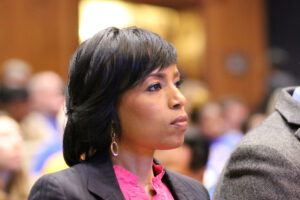
Prince George’s County Executive Angela D. Alsobrooks (D). Photo by Danielle E. Gaines
Alsobrooks and Brown share a political base, and the conventional wisdom among political professionals is that they are unlikely to oppose each other in a Democratic primary for governor.
Rounding out the Democratic field, after Franchot: U.S. Rep. David J. Trone (6%), Baltimore County Executive John A. Olszewski Jr. (5%), Democratic National Committee Chair Tom Perez (3%), Anne Arundel County Executive Steuart Pittman (2%) and former U.S. Education secretary John B. King Jr. (2%) ― who just this week launched a progressive advocacy group to tackle Maryland’s problems.
Twenty-eight percent of poll respondents said they were unsure of how they would vote in the primary, while 6% said they would not vote. It is unlikely that all nine of the candidates tested in the poll are going to run for governor in 2022.
The Republicans
Lt. Gov. Boyd K. Rutherford led a five-person field in a hypothetical 2022 Republican gubernatorial primary. Hogan’s loyal No. 2, who has been running day-to-day operations of state government for the past half year as Hogan has focused on addressing the public health and economic crises brought on by COVID-19, was the choice of 19% of Republicans queried in the poll.
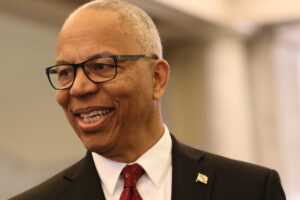
Lt. Gov. Boyd K. Rutherford (R) at the annual State of the State address in Annapolis earlier this year. Photo by Danielle E. Gaines
Next was former Anne Arundel County executive Steve Schuh, with 5%, Harford County executive Barry Glassman, with 3%, Maryland Commerce Secretary Kelly Schulz, with 2%, and former Howard County executive Allan Kittleman with 2%.
The direction of the post-Hogan Maryland GOP is hard to detect at this early stage. Hogan has been enormously popular throughout his tenure, but as this new poll shows, he is now more popular with Democrats (with 55% favorable) than he is with Republicans (47%).
If the so-called Trump wing of the Republican Party is still ascendant in Maryland in 2022, it seems almost inevitable that a hard-core Trump supporter will seek the GOP gubernatorial nomination. But it’s hard to predict who that might be ― and whether the party will opt to stick with a pragmatic conservative to replace Hogan or go with someone who would appeal to party activists but possibly struggle in the general election.
Hogan, for all his popularity, trailed Sen. Chris Van Hollen (D) in a hypothetical 2022 U.S. Senate matchup, 50% to 34%. That’s a contrast to an October 2019 Washington Post poll that showed Hogan ahead of Van Hollen, 50% to 42% among registered voters in a hypothetical Senate matchup. It has been 40 years since a Republican won a U.S. Senate race in Maryland.
Comptroller primary
A wide-open Democratic primary for comptroller is also on tap for 2022, assuming Franchot moves on after four terms. The Our Voice Maryland poll showed more than two-thirds of Democrats ― 68% ― undecided in the race.
Among the named candidates, state Del. Brooke E. Lierman of Baltimore City led the field with 6% of the vote, followed by Montgomery County state Sen. Brian J. Feldman with 5%, Bowie Mayor Tim Adams with 3%, state Sen. James C. Rosapepe of Prince George’s County at 2%, Montgomery County Councilmember Tom Hucker at 2%, and other candidates amassing 8% total. Six percent of those queried said they would not vote.
It isn’t clear whether all these Democrats will run for comptroller in 2022; Lierman seems the farthest along in laying the groundwork for a statewide bid.
Sports gaming
Voters will consider two statewide ballot initiatives when they vote this fall. Question 1 would give the General Assembly more say over the state budget, while Question 2 would legalize sports gaming in the state. The Our Voices Maryland poll found that 52% of voters would vote yes for the sports gaming measure, while 29% said they were opposed ― not an overwhelming response for a proposal that’s supposed to be a revenue-generator for the state.
Black Lives Matter, Law Enforcement Officers’ Bill or Rights
Maryland voters viewed the growing Black Lives Matter movement very favorably ― by a 61% to 33% margin in the Our Voice Maryland poll. It was viewed favorably by 69% of women and 50% of men; by 86% of Black voters and 47% of white voters (45% of whom viewed BLM unfavorably). The movement was viewed favorably by 91% of Democrats but just 3% of Republicans.
There was another divide over the Law Enforcement Officers’ Bill of Rights (LEOBR), which lays out how police officers will be treated during internal disciplinary investigations. Maryland lawmakers are currently considering legislation that would eliminate ― or significantly scale back — the law.
In the poll, 59% of those surveyed said they supported reforming LEOBR to create more oversight and accountability, with 34% opposed. Sixty-four percent of Democrats favored reforms, but so did half of Republicans. Sixty-two percent of white voters supported the reforms, compared to 53% of Black voters who expressed their support.
Blueprint for Maryland’s Future
Fifty-seven percent of the voters polled said they want the General Assembly to override Hogan’s veto of the Blueprint for Maryland’s Future, an expensive and expansive education reform plan. Fifty-three percent of Republicans opposed overriding the veto.
Relatedly, 53% of Marylanders said they were supportive of teachers’ unions ― who were among the strongest supporters of the Blueprint. Three-quarters of Democrats viewed teachers’ unions favorably, compared to just 14% of Republicans.
COVID-19
Seventy-nine percent of voters said they always wear a mask when in public places ― and 69% said they would support a statewide mask mandate. The largest gap is by party: 97% of Democrats said they always wear a mask while in public, compared to only 48% of Republicans.
Attitudes towards a mask mandate break along similar lines: 76% of women supported a mask mandate, compared to 60% of men; 86% of Black voters support, compared to 60% of white voters; and 96% of Democrats said they support a mandate, compared to only 20% of Republicans.
Sixty percent of voters said they are “very concerned” about the possibility of the U.S. ending up in a prolonged recession due to the COVID-19 pandemic. Other top concerns related to the pandemic were the rising number of coronavirus cases and deaths (58% very concerned) and the prospect of getting coronavirus or having a loved one contract it (56% very concerned).
There were considerable differences in levels of concern white and Black voters expressed about various aspects of the pandemic, with Black voters expressing, on average, twice the level of concern about each aspect of the pandemic than white voters. White voters were most concerned about the national economy, while Black voters were more attuned to the health impacts.
Voter attitudes
Survey respondents were asked for a series of qualities they value most in a statewide leader. They answered this way: Being honest and ethical (78%), standing up for working families (48%), promoting a progressive agenda (24%), being a political outsider (16%), experience in government (15%), and experience in the private sector (11%).
Asked what they look for in a statewide candidate, voters answered this way: Someone with a plan to rebuild Maryland’s economy after the pandemic and help create new and better jobs for residents (47%); someone who is focused on reducing the size of government and lowers taxes for residents (37%); someone who is focused on making government work and function better for all Marylanders (31%); someone who will ensure continued investment in education and Maryland’s public schools (30%); someone with a strong progressive agenda that includes bold policies to reduce growing income equality (28%); and someone who will prioritize investing in Maryland’s infrastructure and mass transit (15%).

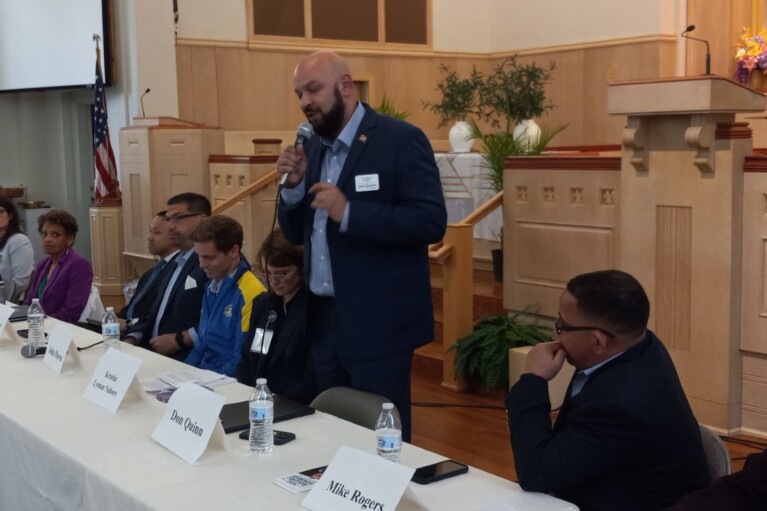
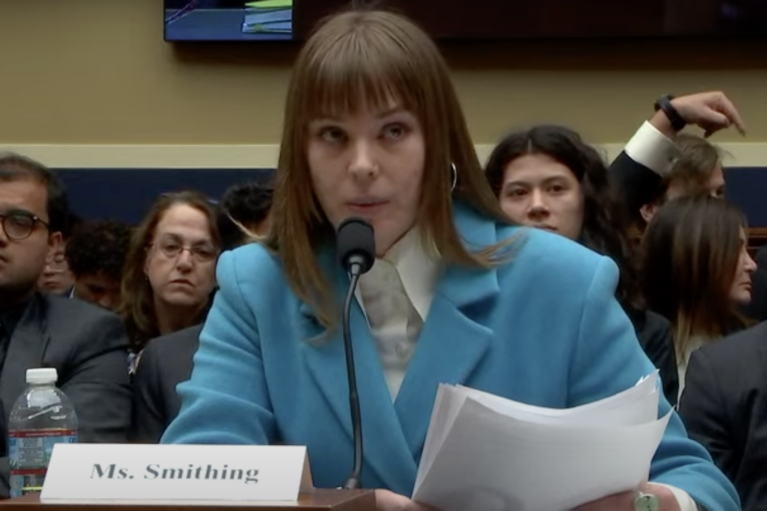
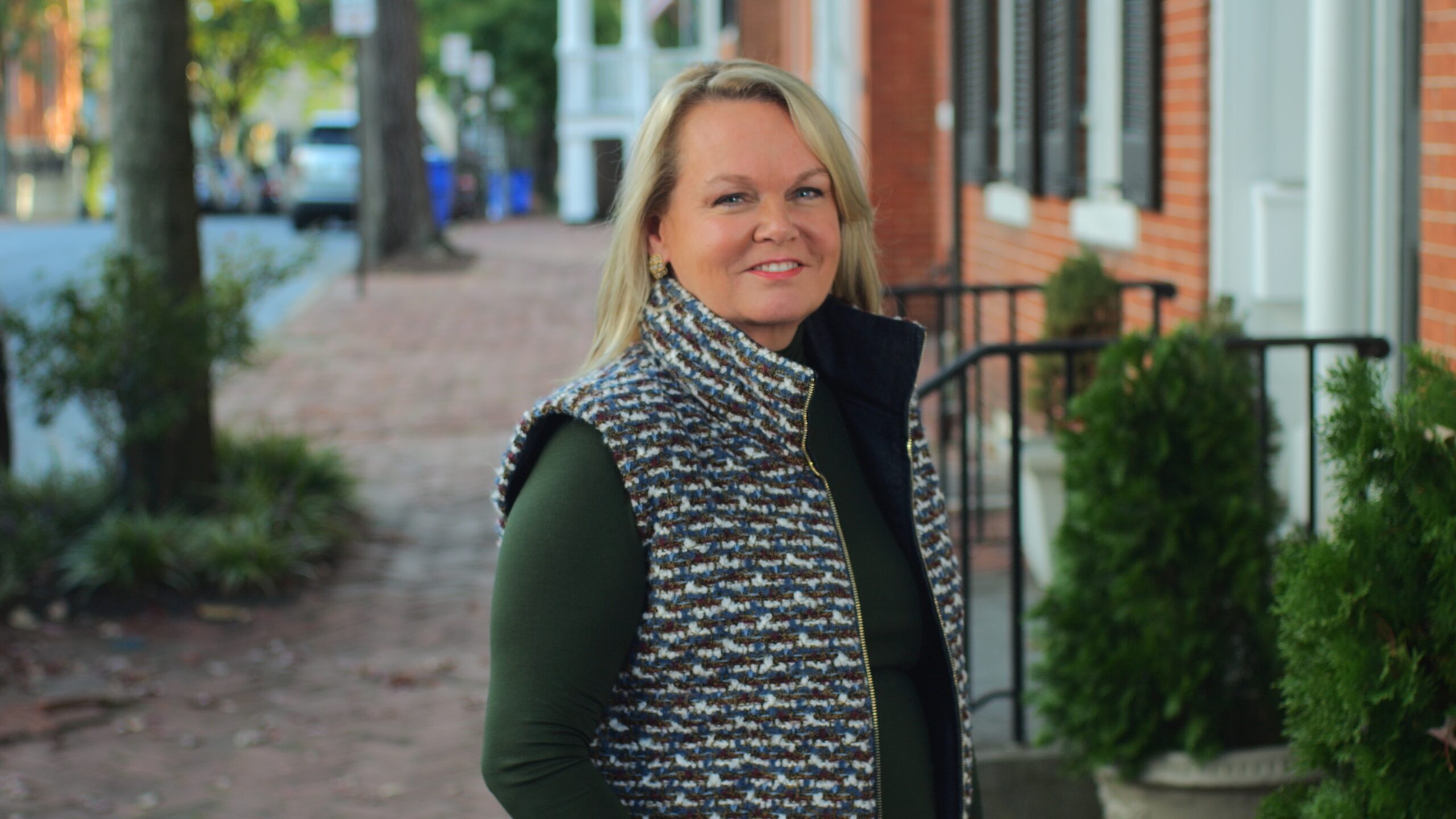
 Creative Commons Attribution
Creative Commons Attribution